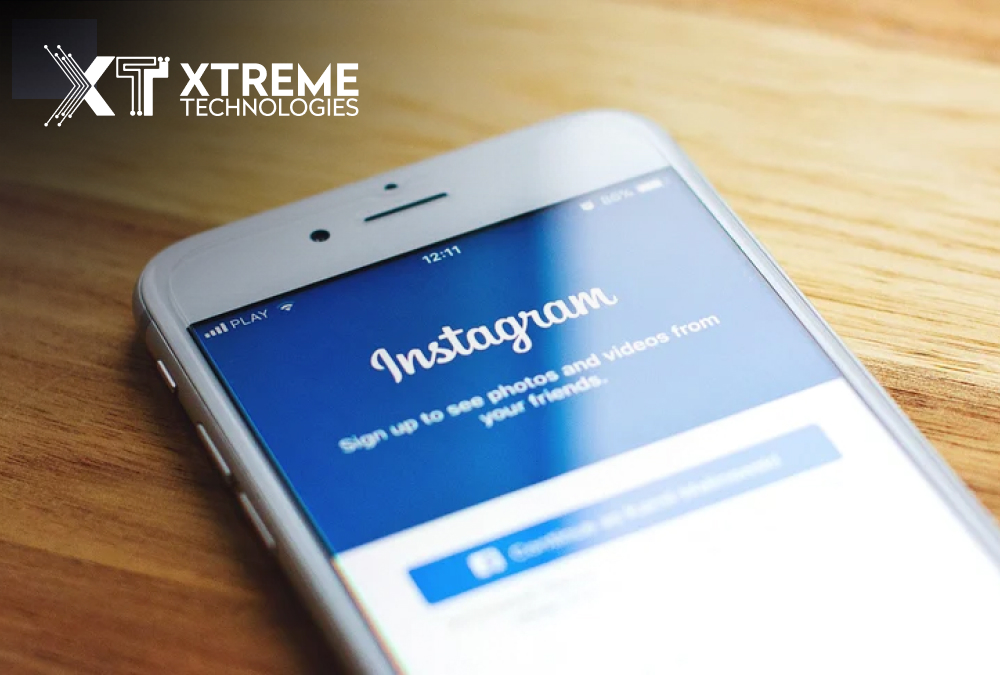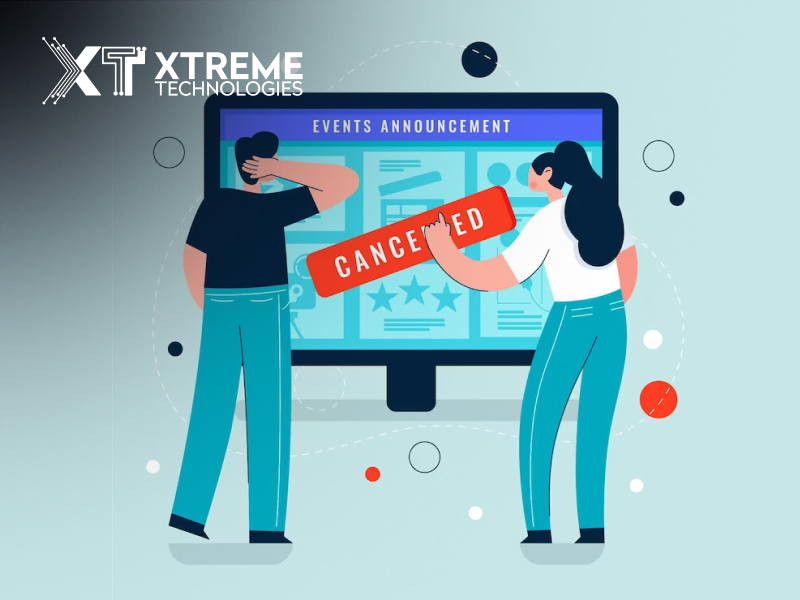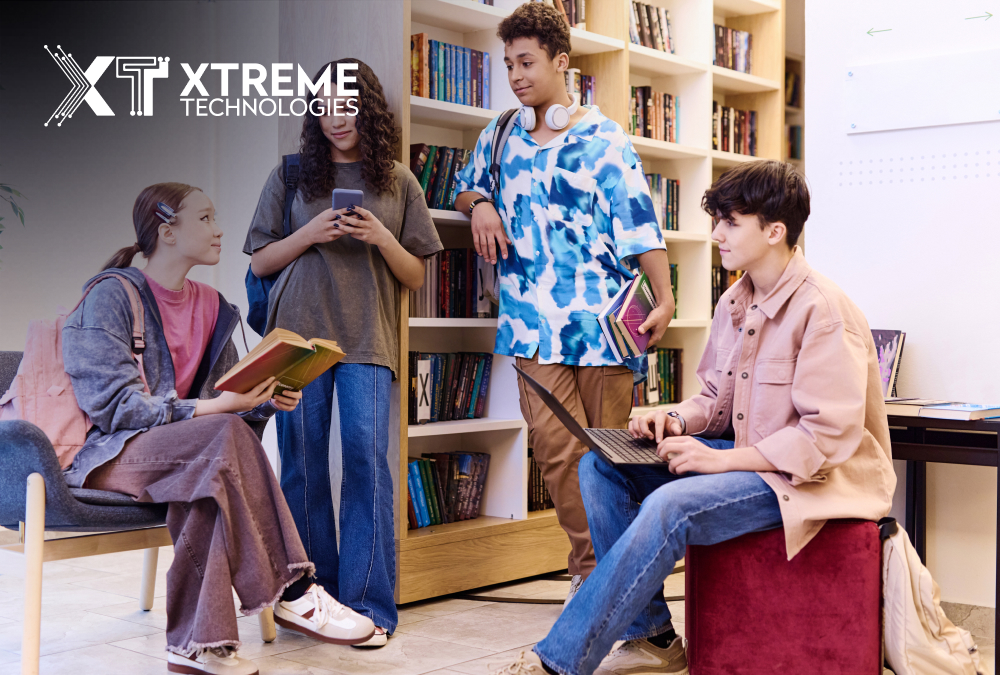
Whitelisting in Social Media – Discuss the Biggest Benefits of Whitelisting
Published on: July 03, 2023
Whitelisting in social media refers to granting specific permissions or access privileges to selected accounts or content within a social media platform. It allows authorized users or content creators to bypass certain restrictions and enjoy additional benefits unavailable to the general public.
-
Authenticity – Give More Control
What is whitelisting in social media? Whitelisting is an easy way for influencers to give brands access to their content to create ads. Each platform handles it a bit differently, but for example, on Instagram and Facebook, the influencer must grant permission in the form of ‘whitelisting’ so that the brand can create influencer ads or dark posts across placements such as Facebook feed, Instagram stories, carousels, and slideshows.
 One of the most significant benefits of whitelisting is that it helps make ads appear more authentic to audiences. The content is a genuine recommendation from an influencer already shown to a trusted audience, so they will be more likely to trust it when converted into paid ads. This is especially true for ecommerce brands, where building trust with consumers is essential to drive sales and conversions.
Using whitelisted content also gives the brand more control over the campaign. This means they can target audiences that may not be familiar with the influencer, such as a lookalike audience similar to their existing audience. This allows them to reach new people interested in the product and help increase the return on their investment.
Whitelisting allows brands to reach a larger audience through pre-existing influencer content. Brands can add a clickable CTA button and track how many viewers convert from the whitelisted post. The result is a more authentic, less interruptive approach to advertising.
Whitelisted content can be posted on Instagram feeds, Stories, or IG carousels. Experiment with different formats to see what performs best. Also, experiment with the aesthetic of posts—do bright colors or black and whites perform better? Using a whitelisting campaign as an opportunity to test these concepts will help you learn what’s most effective for your audience.
One of the most significant benefits of whitelisting is that it helps make ads appear more authentic to audiences. The content is a genuine recommendation from an influencer already shown to a trusted audience, so they will be more likely to trust it when converted into paid ads. This is especially true for ecommerce brands, where building trust with consumers is essential to drive sales and conversions.
Using whitelisted content also gives the brand more control over the campaign. This means they can target audiences that may not be familiar with the influencer, such as a lookalike audience similar to their existing audience. This allows them to reach new people interested in the product and help increase the return on their investment.
Whitelisting allows brands to reach a larger audience through pre-existing influencer content. Brands can add a clickable CTA button and track how many viewers convert from the whitelisted post. The result is a more authentic, less interruptive approach to advertising.
Whitelisted content can be posted on Instagram feeds, Stories, or IG carousels. Experiment with different formats to see what performs best. Also, experiment with the aesthetic of posts—do bright colors or black and whites perform better? Using a whitelisting campaign as an opportunity to test these concepts will help you learn what’s most effective for your audience.
 When executed correctly, whitelisting can be a win-win for influencers and creators. It boosts their ROI by delivering higher engagement rates on their posts, which leads to more followers and potential clients. And it allows them to create a long-term professional relationship with the brand.
There are some instances when contracts fail to provide clear guidance on advertising and whitelisting permissions, which can cause confusion between influencers and brands and even lead to disputes and lawsuits. This is why it’s essential to take the time to carefully review all contracts before signing them. If possible, have an attorney review the contract to ensure it fits both parties well.
When executed correctly, whitelisting can be a win-win for influencers and creators. It boosts their ROI by delivering higher engagement rates on their posts, which leads to more followers and potential clients. And it allows them to create a long-term professional relationship with the brand.
There are some instances when contracts fail to provide clear guidance on advertising and whitelisting permissions, which can cause confusion between influencers and brands and even lead to disputes and lawsuits. This is why it’s essential to take the time to carefully review all contracts before signing them. If possible, have an attorney review the contract to ensure it fits both parties well.
-
Engagement and Boost Brand
Brands have much to consider regarding influencer marketing, including maximizing the benefits of their partnership with a creator. Whitelisting is one way to do this, as it allows influencers and brands to reach new audiences and boost their paid social ads with minimal fuss.
Unlike in-feed content that branded ads can oversaturate, whitelisted posts have the potential to appear more organic, which leads to better engagement. Plus, it gives followers a break from ad fatigue.
 For influencers, it’s a win-win. By partnering with a brand that aligns with their values, they can extend the reach of their posts by promoting them as paid advertisements. Plus, the extra income can help them continue to create content that they’re passionate about.
It’s important to note that not all influencers will be open to whitelisting, as it relinquishes some of their ownership rights over their content. That’s why creating a clear contract outlining how both parties will work together is vital.
To execute a whitelisting campaign on Instagram or Facebook, marketers need access to the influencer’s business manager account or pages. To get this, the brand should request to add the content creator as a business partner via their Business Manager.
When appropriately executed, whitelisting creates a win-win for the influencer and the brand. Influencers benefit from increased ROI while growing their fanbase and developing long-lasting relationships with the brand that supported them.
Depending on the platform, there are different ways to whitelist influencer content. For example, Facebook and Instagram allow influencers to whitelist in-feed posts by granting advertising permissions through Business Manager. The influencer must create their business account, link their Facebook and Instagram accounts, and then add the brand as a partner to grant access. This can be time-consuming, especially for more prominent influencers with multiple brands and agencies working with them.
Whitelisting gives brands, and influencers control over the content they’re promoting. This allows them to tweak captions, visuals and calls to action to align more with the brand’s image. However, clarifying editing permissions and parameters with influencers before launching any campaign is vital to avoid conflict.
This symbiotic relationship also makes the campaign more authentic and trustworthy to audiences. Influencer-generated content is one of the best ways to deliver ROI to marketers.
Unlike branded ads, which are often untracked or measured, whitelisting campaigns allow brands to track performance metrics. This allows brands to make quick adjustments based on the successes and failures of each post.
As a result, brands can experiment with different post aesthetics, including color and composition, to see what performs best. They can even test out varying post types, such as IG Stories, in-feed videos, or carousels, to see which content engages the most with their audiences. Then they can use that data to inform their future content strategy, bringing new customers to their products.
For influencers, it’s a win-win. By partnering with a brand that aligns with their values, they can extend the reach of their posts by promoting them as paid advertisements. Plus, the extra income can help them continue to create content that they’re passionate about.
It’s important to note that not all influencers will be open to whitelisting, as it relinquishes some of their ownership rights over their content. That’s why creating a clear contract outlining how both parties will work together is vital.
To execute a whitelisting campaign on Instagram or Facebook, marketers need access to the influencer’s business manager account or pages. To get this, the brand should request to add the content creator as a business partner via their Business Manager.
When appropriately executed, whitelisting creates a win-win for the influencer and the brand. Influencers benefit from increased ROI while growing their fanbase and developing long-lasting relationships with the brand that supported them.
Depending on the platform, there are different ways to whitelist influencer content. For example, Facebook and Instagram allow influencers to whitelist in-feed posts by granting advertising permissions through Business Manager. The influencer must create their business account, link their Facebook and Instagram accounts, and then add the brand as a partner to grant access. This can be time-consuming, especially for more prominent influencers with multiple brands and agencies working with them.
Whitelisting gives brands, and influencers control over the content they’re promoting. This allows them to tweak captions, visuals and calls to action to align more with the brand’s image. However, clarifying editing permissions and parameters with influencers before launching any campaign is vital to avoid conflict.
This symbiotic relationship also makes the campaign more authentic and trustworthy to audiences. Influencer-generated content is one of the best ways to deliver ROI to marketers.
Unlike branded ads, which are often untracked or measured, whitelisting campaigns allow brands to track performance metrics. This allows brands to make quick adjustments based on the successes and failures of each post.
As a result, brands can experiment with different post aesthetics, including color and composition, to see what performs best. They can even test out varying post types, such as IG Stories, in-feed videos, or carousels, to see which content engages the most with their audiences. Then they can use that data to inform their future content strategy, bringing new customers to their products.
Conclusion
As a result of the heightened visibility and engagement from branded content, many creators are looking to scale their campaigns. One way to do this is through creator licensing, a form of whitelisting where the brand puts ad spend behind a creator’s post in the form of an Instagram story or Facebook post.
Read Also: Exploring the Significance of “CFS” in Social Media
However, this arrangement can be challenging since most influencers view their social posting as personal property. Therefore, it’s essential to clearly define the terms of the contract and establish the boundaries between the brand and creator to ensure that neither party feels exploited or unnecessarily limited.
FAQs
Q1) How does whitelisting work in social media?
Whitelisting creates a list of approved accounts or content granted special privileges within a social media platform. These privileged accounts or content are exempted from certain restrictions or limitations, allowing them to reach a wider audience, access advanced features, or receive enhanced visibility.
Q2) What are the most significant benefits of whitelisting in social media?
The most significant benefits of whitelisting in social media are as follows:
Enhanced Reach: Whitelisted accounts or content can enjoy extended reach as they are not bound by the same restrictions as regular accounts. This enables them to reach a larger audience, potentially increasing their visibility, engagement, and impact.
Targeted Advertising: Whitelisting allows advertisers to target their ads to the approved accounts or content specifically. This ensures that their advertisements are seen by the most relevant and engaged audience, maximizing the effectiveness of their campaigns and optimizing return on investment (ROI).
Influencer Partnerships: Whitelisting opens up opportunities for influencer partnerships. Brands can collaborate with influential accounts by whitelisting them, granting them access to exclusive features or promotional campaigns. This helps to leverage the influencer's reach and credibility, fostering authentic brand advocacy.
Brand Safety: Whitelisting provides an added layer of brand safety by allowing brands to control the content associated with their advertisements or partnerships. By whitelisting trusted accounts or content creators, brands can ensure that their ads are displayed alongside high-quality and brand-aligned content, reducing the risk of association with harmful or inappropriate content.
Exclusivity and Prestige: Being whitelisted on a social media platform signifies recognition and exclusivity. It can elevate the status of an account or content creator, positioning them as reputable and trustworthy within their niche. This can attract more followers, collaborations, and business opportunities.
Q3) Which social media platforms offer whitelisting options?
While the availability of whitelisting options may vary across social media platforms, some platforms that offer whitelisting functionality include Instagram, Facebook, Twitter, and YouTube. These platforms provide tools and features to grant special permissions or access to approved accounts or content creators, leveraging the benefits of social media marketing whitelisting.
Tags In
Abdullah Haroon
Abdullah is COO of Xtreme Technologies. He is Interested about Business, and Technology.

 One of the most significant benefits of whitelisting is that it helps make ads appear more authentic to audiences. The content is a genuine recommendation from an influencer already shown to a trusted audience, so they will be more likely to trust it when converted into paid ads. This is especially true for ecommerce brands, where building trust with consumers is essential to drive sales and conversions.
Using whitelisted content also gives the brand more control over the campaign. This means they can target audiences that may not be familiar with the influencer, such as a lookalike audience similar to their existing audience. This allows them to reach new people interested in the product and help increase the return on their investment.
One of the most significant benefits of whitelisting is that it helps make ads appear more authentic to audiences. The content is a genuine recommendation from an influencer already shown to a trusted audience, so they will be more likely to trust it when converted into paid ads. This is especially true for ecommerce brands, where building trust with consumers is essential to drive sales and conversions.
Using whitelisted content also gives the brand more control over the campaign. This means they can target audiences that may not be familiar with the influencer, such as a lookalike audience similar to their existing audience. This allows them to reach new people interested in the product and help increase the return on their investment.
 When executed correctly, whitelisting can be a win-win for influencers and creators. It boosts their ROI by delivering higher engagement rates on their posts, which leads to more followers and potential clients. And it allows them to create a long-term professional relationship with the brand.
There are some instances when contracts fail to provide clear guidance on advertising and whitelisting permissions, which can cause confusion between influencers and brands and even lead to disputes and lawsuits. This is why it’s essential to take the time to carefully review all contracts before signing them. If possible, have an attorney review the contract to ensure it fits both parties well.
When executed correctly, whitelisting can be a win-win for influencers and creators. It boosts their ROI by delivering higher engagement rates on their posts, which leads to more followers and potential clients. And it allows them to create a long-term professional relationship with the brand.
There are some instances when contracts fail to provide clear guidance on advertising and whitelisting permissions, which can cause confusion between influencers and brands and even lead to disputes and lawsuits. This is why it’s essential to take the time to carefully review all contracts before signing them. If possible, have an attorney review the contract to ensure it fits both parties well.
 For influencers, it’s a win-win. By partnering with a brand that aligns with their values, they can extend the reach of their posts by promoting them as paid advertisements. Plus, the extra income can help them continue to create content that they’re passionate about.
It’s important to note that not all influencers will be open to whitelisting, as it relinquishes some of their ownership rights over their content. That’s why creating a clear contract outlining how both parties will work together is vital.
To execute a whitelisting campaign on Instagram or Facebook, marketers need access to the influencer’s business manager account or pages. To get this, the brand should request to add the content creator as a business partner via their Business Manager.
For influencers, it’s a win-win. By partnering with a brand that aligns with their values, they can extend the reach of their posts by promoting them as paid advertisements. Plus, the extra income can help them continue to create content that they’re passionate about.
It’s important to note that not all influencers will be open to whitelisting, as it relinquishes some of their ownership rights over their content. That’s why creating a clear contract outlining how both parties will work together is vital.
To execute a whitelisting campaign on Instagram or Facebook, marketers need access to the influencer’s business manager account or pages. To get this, the brand should request to add the content creator as a business partner via their Business Manager.






Recent Comments